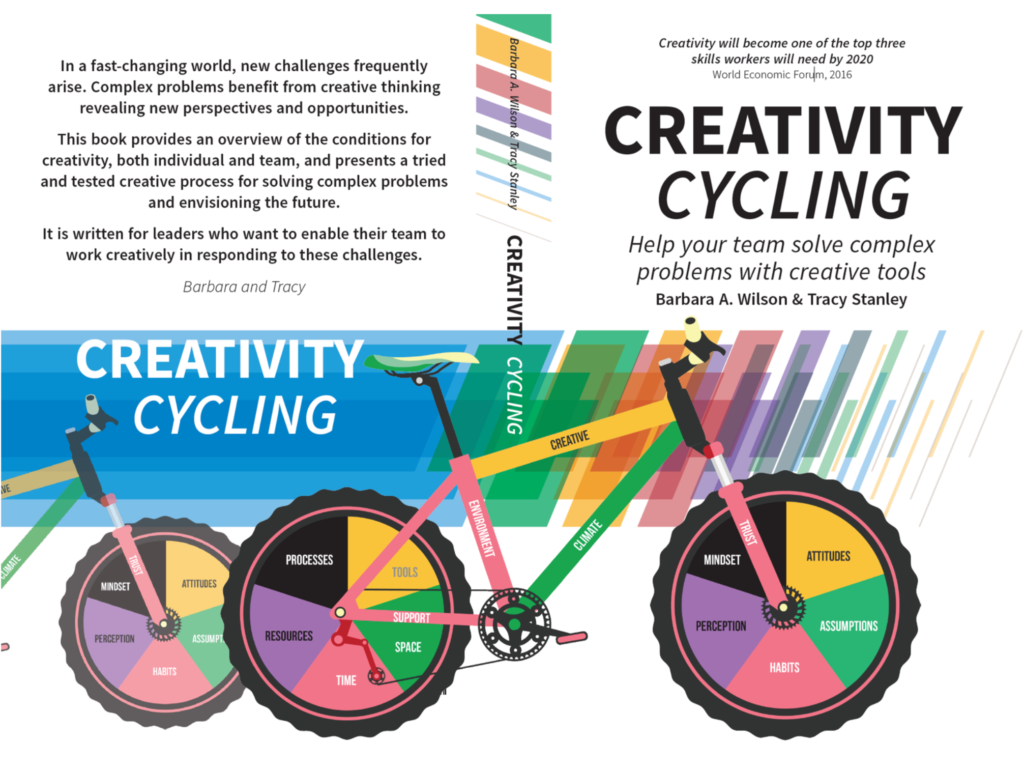
I suspect we’re not aware of how often we use metaphors to explain something through the lens of something else. Let me provide a few examples.
In Australia, metaphors are generously sprinkled throughout our language. For example,
A dog’s breakfast
meaning a messy or complicated situation, while being
Mad as a cut snake
describes someone who is really angry.
Metaphors help us to think and see and feel and experience a situation through another sensory lens. (And sometimes to mix humour into an explanation).
Tom Albrighton talks about metaphors as bridges from the close and familiar to the distant and strange, explaining the unknown in terms of the known. He adds that metaphors are valuable tools in business, particularly when people need to communicate complex and dry ideas. By their very nature they are imperfect. Like spotlights, they illuminate some things while leaving others in the dark. This means they sometimes outlive their usefulness.
Sophie Playle beseeches writers to use metaphors as they surprise the brain. They can simultaneously make writing delightfully succinct while concentrating meaning. I like how she proposes that you pair two unexpected images to interrupt your reader’s expected train of thought. This is similar to the process used in innovation of combining two products to create something entirely new and unexpected such as the wine press and coin punch to make the printing press or more recently a winter coat that doubles as a sleeping bag.
In our book, Creativity Cycling, Help your team solve complex problems with creative tools, Barbara Wilson and I have used the metaphors of a bike and of a journey to frame the things that influence creativity in the workplace, like the work environment, the mindsets, attitudes habits and perceptions of team members and the processes that supports thinking differently. Like a bike ride, you can do it on your own, with a chum or as a part of an equally focused group riding in a pentathlon. Indeed, the bicycle is a vehicle to a destination of new ideas. The bike needs a solid framework. For us, this framework is built on openness, trust and mutual support. With a strong framework you feel safe to take the journey.

Many readers will be aware of the expression, ‘a glass half-full or half-empty’. It’s a useful metaphor for reflecting on whether your mindset is positive or negative. The way you perceive life will influence your actions. A life-half-full person will be more inclined to be open and embrace new possibilities. A life-half-empty person will be more inclined to see the world in a more pessimistic manner. Becoming or developing your creativity needs a half-full mindset, that is positive, rather than negative.
Some techniques and processes employ both a visual element as well as being word-based. For example, Edward de Bono’s Six Thinking Hats where a team is asked to metaphorically put on a hat and view a situation or problem through a single perspective.
In his book Imaginization, Gareth Morgan introduces the concept of using metaphors as a creative tool to change how we think about things. For example, teams have used a metaphor of a slow oil tanker to express how the department or organisation is working. Once the metaphor is expressed, and drawn, it provides insights into other aspects of the problem which can then be captured in a brainstorm.
We can also use metaphor for reframing a problem. For example, if we see the organisation as a machine, what would happen if we reframed it as a fast sports car? What would the difference be? This opens the possibility to new thinking. This approach can be used to explore how things are now compared to a desirable new future.
I’m currently writing a book on Change Management in large organisations. I’m using the very popular metaphor of the long and bumpy journey across the mountains to describe the writing journey. It’s a well-known and appropriate metaphor for the writing, editing and publishing process. I’m hoping to arrive soon in a lovely place – just like this charming village. I can feel the chill and smell the sea already. Sigh.
Image source
Dreamy village image above popped up on my Microsoft Surface welcome screen last week. A bit of reverse image investigation revealed that this is a stock photo of the village of Saksun located on the island of Streymoy, Faroe Islands, Denmark. Available from Adobe.